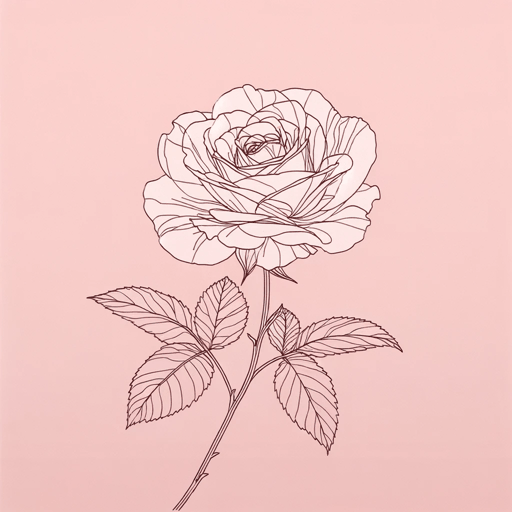25 pages • 50 minutes read
Stephen KingThe Man Who Loved Flowers
Fiction | Short Story | Adult | Published in 1977A modern alternative to SparkNotes and CliffsNotes, SuperSummary offers high-quality Study Guides with detailed chapter summaries and analysis of major themes, characters, and more.
Literary Devices
Juxtaposition
The juxtaposition of light and dark signals the changing mood of the story, from one of hope to despair. At the beginning of the narrative, it is an early spring evening and the sky is pastel-colored. The young man is fully visible, and onlookers can see The Joy of Young Love in his facial expression. However, after he purchases the tea roses, the narration’s descriptions become gradually darker. Once the protagonist turns down the alley where the murder takes place, it is “dark and shadowy”(Paragraph 36). As the spring day grows darker, so do the intentions of the young man. Once he murders the woman who is not Norma, she is described as a “dark shadow” on the lane, emphasizing her anonymity to him. As he walks away, it is “full dark now” (Paragraph 40), representing the darkness of his deed. Concealed by the night, the bloodstains on his clothes go undetected.
Related Titles
By Stephen King

11.22.63
Stephen King
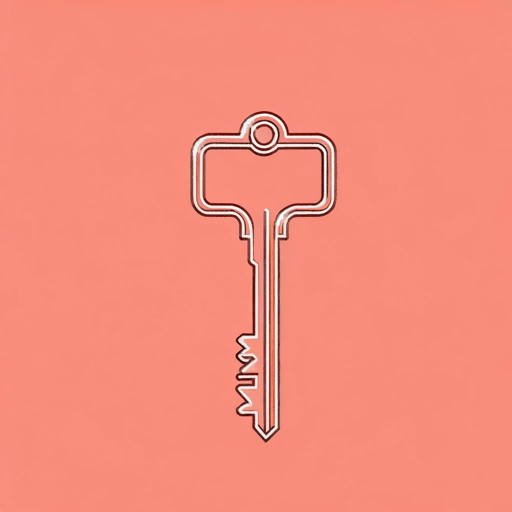
1408
Stephen King

Bag of Bones
Stephen King

Billy Summers
Stephen King
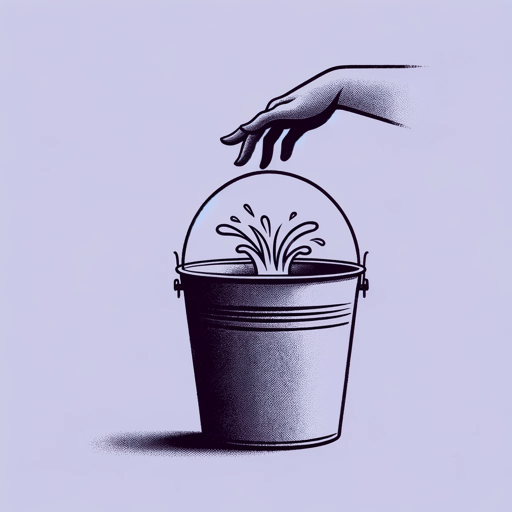
Carrie
Stephen King

Children of the Corn
Stephen King

Cujo
Stephen King
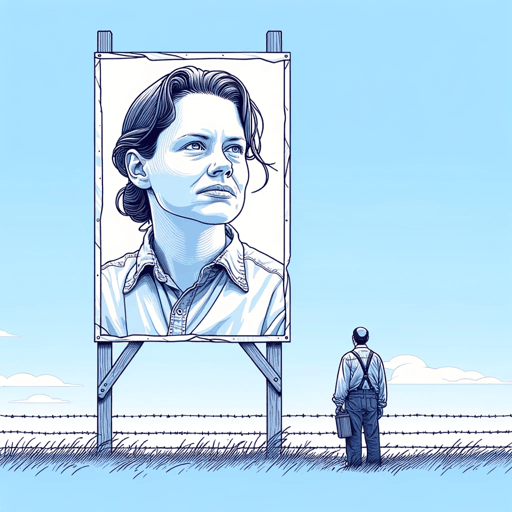
Different Seasons
Stephen King
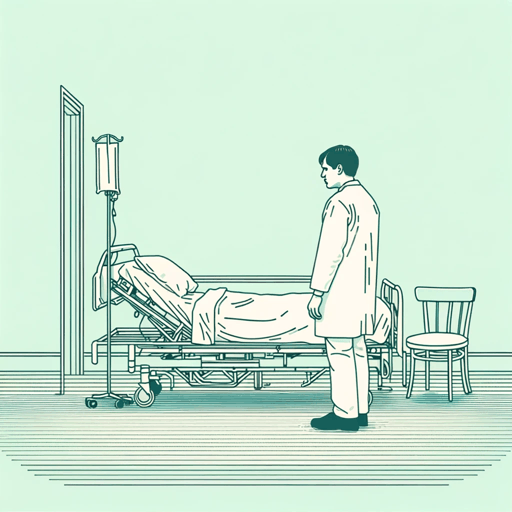
Doctor Sleep
Stephen King
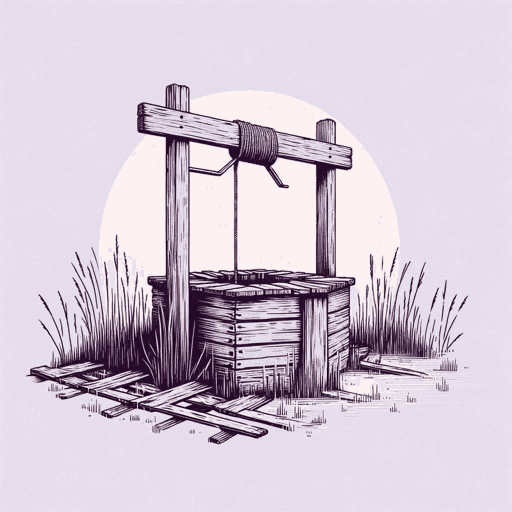
Dolores Claiborne
Stephen King

Duma Key
Stephen King

Elevation: A Novel
Stephen King

End of Watch
Stephen King
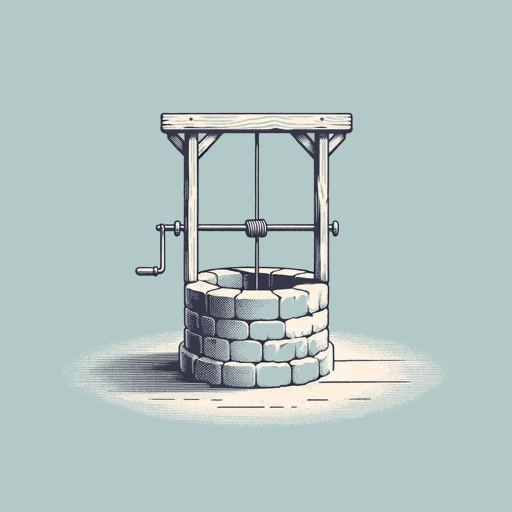
Fairy Tale
Stephen King

Finders Keepers
Stephen King
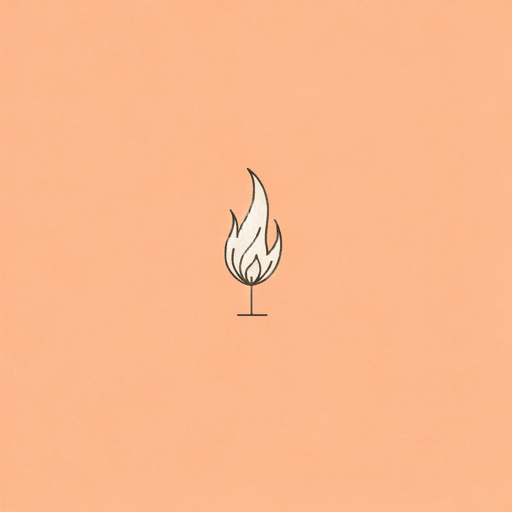
Firestarter
Stephen King

From a Buick 8
Stephen King

Full Dark, No Stars
Stephen King

Gerald's Game
Stephen King

Gwendy's Button Box
Stephen King, Richard Chizmar
